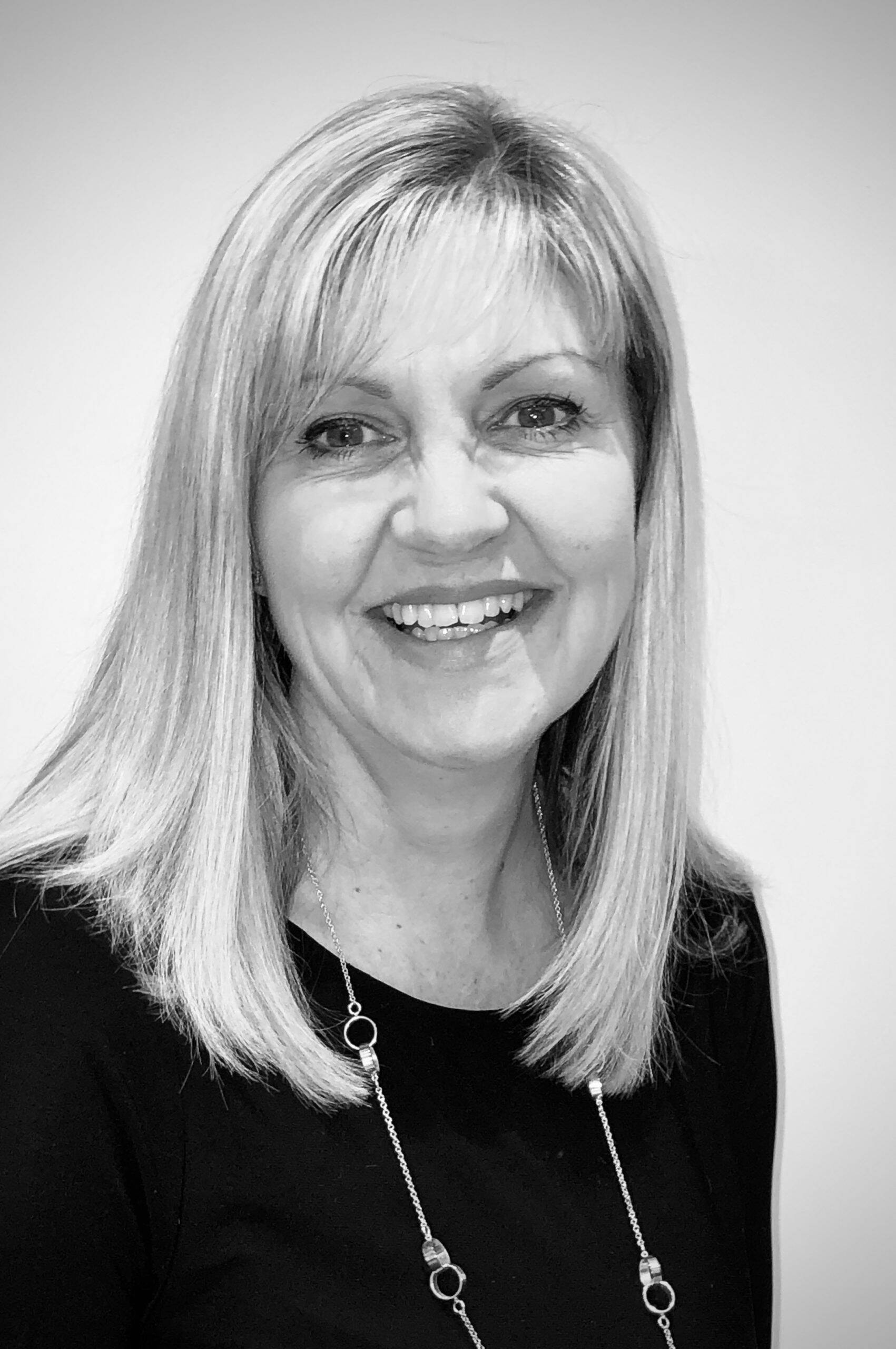You’ve reached your limit!
To continue enjoying Utility Week Innovate, brought to you in association with Utility Week Live or gain unlimited Utility Week site access choose the option that applies to you below:
Register to access Utility Week Innovate
- Get the latest insight on frontline business challenges
- Receive specialist sector newsletters to keep you informed
- Access our Utility Week Innovate content for free
- Join us in bringing collaborative innovation to life at Utility Week Live

Cadent Foundation director Julia Dwyer sets out a model for maximising the impact of innovation targeted at tackling fuel poverty. Partnership, flexibility and an ability to look beyond regulated needs codes are its key hallmarks.
 The UK has a huge fuel poverty problem. The latest figures for England show the scale of the challenge we are facing with 3.18 million households in fuel poverty, representing 13.4% of all households in England.
The UK has a huge fuel poverty problem. The latest figures for England show the scale of the challenge we are facing with 3.18 million households in fuel poverty, representing 13.4% of all households in England.
Fuel poverty not only damages the well-being of individual households, but also imposes additional costs on the wider community in treating poor health, financial disadvantage, and social exclusion. It’s estimated that NHS England spends £1.3bn each year treating illnesses caused by cold homes.
While there have been lots of initiatives to tackle fuel poverty over the last couple of decades, innovation within the sector has not focused enough on consumer vulnerability, it was largely an afterthought.
Gaps in provision from a policy perspective, a lack of regulatory framework, the rigidity of historic fuel poverty schemes, together with large variances in the quality of data and systems of energy suppliers, created barriers to delivering assistance to those who need it most.
Crucial technology ‘largely already exists’
With the RIIO-2 price control, we have seen a real step change in funding and protections for consumers in vulnerable situations.
Innovation is being focused on improving services for households living in vulnerable situations and gas distribution networks are being encouraged and supported to work with local partners and charities to maximise the impact of their fuel poverty strategies.
Initiatives such as the Vulnerability and Carbon Monoxide (CO) Allowance provides greater flexibility for projects which address consumer vulnerability. All of which lends itself to inclusive innovation.
When it comes to measures for alleviating fuel poverty, the technology largely already exists. For example, effective insulation measures which can help reduce energy costs have been installed in homes for years.
Smart meters are also a massive part of the solution. A lot of the innovation that is needed, and we are now starting to see, focuses on better engagement with households, better sharing of data to target households that are most in need, and innovative service offerings, like energy tariffs that can reduce costs.
We need to go beyond looking at fuel poverty on a scheme-by-scheme basis and instead align resources — bringing together different types of grants and funding opportunities to create the maximum possible impact.
This relies on the development of strategic partnerships between stakeholders to coordinate policy and service developments.
Collaboration creates ‘more powerful solutions’
Reactive Response is a prime example of how collaboration within the industry can draw on the strengths and capabilities of partner organisations to create innovative new approaches.
Funded by the Cadent Foundation and working in partnership with fuel poverty charity National Energy Action (NEA) and Cadent, this pioneering scheme supports vulnerable customers whose gas supply is disconnected on safety grounds and who don’t have the means or capacity to arrange repairs or replacement appliances. It allows Cadent engineers to refer customers to NEA, who then assess the needs and organise the necessary work – from pipework repairs to new appliances and even full central heating systems.
By working together to leverage funding and make it work harder, we can create more powerful solutions for tackling fuel poverty.
With Reactive Response, NEA utilises funding from other grants to offer comprehensive energy efficiency advice, as well as support to access other sources of help such as the Warm Home Discount and Priority Services Register. Customers are also offered a Benefit Entitlement Check and support to claim any identified benefits for which they are eligible.
Case-by-case approach
Flexibility is key to driving innovative new solutions to addressing fuel poverty. There is no one set of solutions that will be entirely replicable in all settings. However, it is possible to identify certain common elements of best practice that can be adopted and modified according to circumstances.
The uniqueness of the Reactive Response scheme is that is doesn’t adhere to strict eligibility typically set through regulated schemes. It enables engineers to make a judgement based on their experience with the customer. This qualitative, case-by-case approach targets the most in need households, providing support to extremely vulnerable customers that may otherwise have slipped through the net of a stricter, data driven eligibility criteria.
Fuel poverty is a complex, multi-dimensional issue and it requires a multi-disciplinary response. We need to be able to think holistically about how to solve the problem, ensuring we have the right policy framework and funding models that gives organisations the flexibility to tackle fuel poverty in the ways that work best.
All of this requires us to be ambitious and innovative in how we tackle fuel poverty, not only as an energy sector, but as a country.

See this content brought to life at Utility Week Live, 17-18 May 2022 NEC Birmingham
Supporting vulnerable customers is one of the frontline challenges at the heart of Utility Week Live 2022’s live content programme.
View the challenges and be alerted for tickets to the industry’s most eagerly awaited reunion at utilityweeklive.co.uk.
Please login or Register to leave a comment.